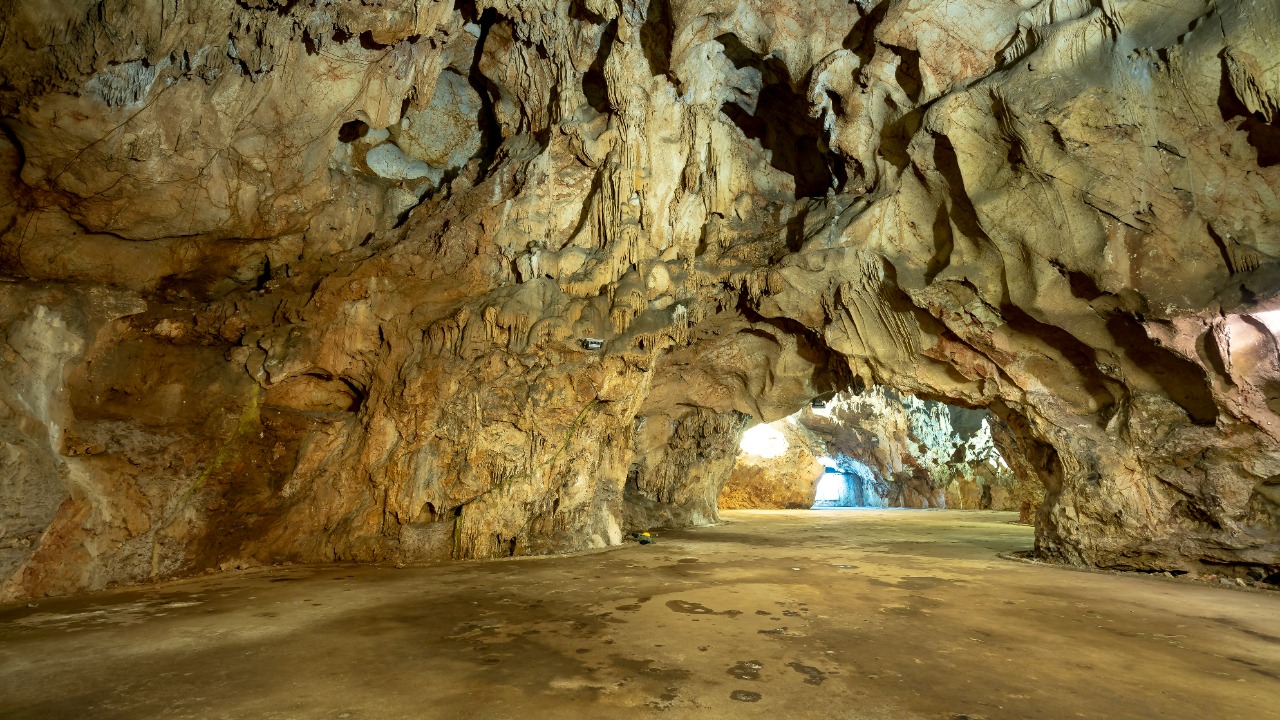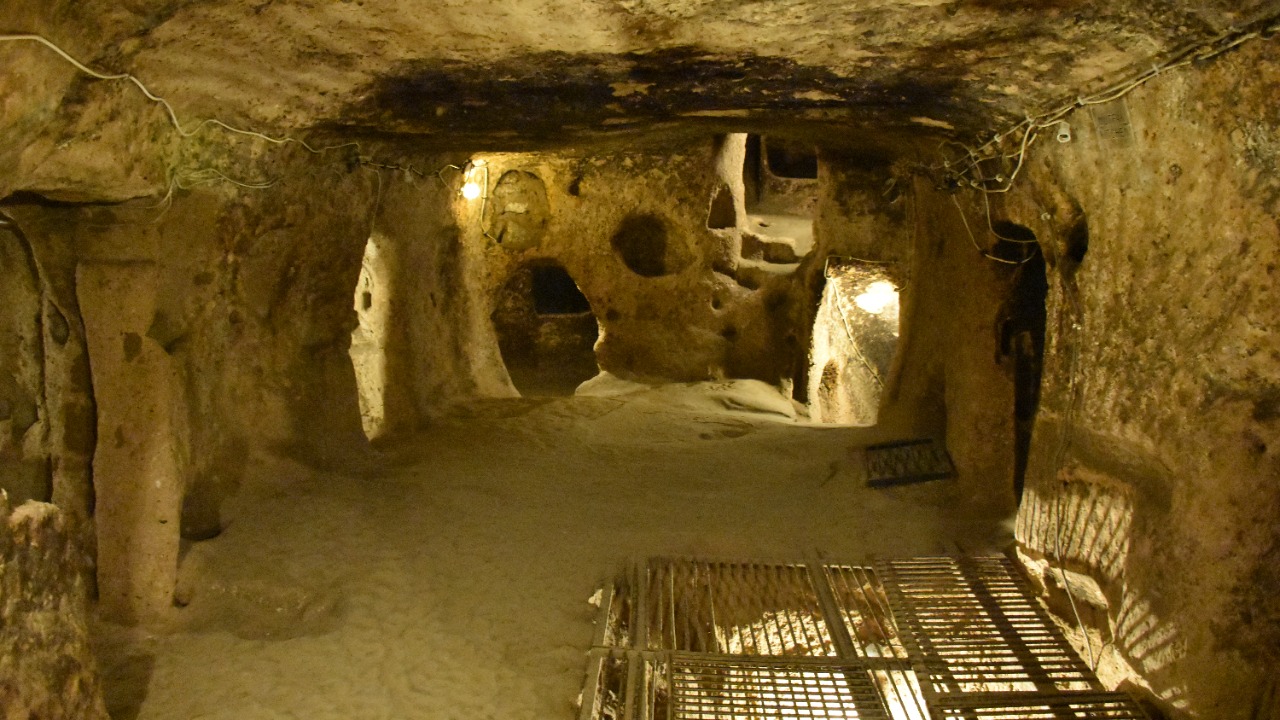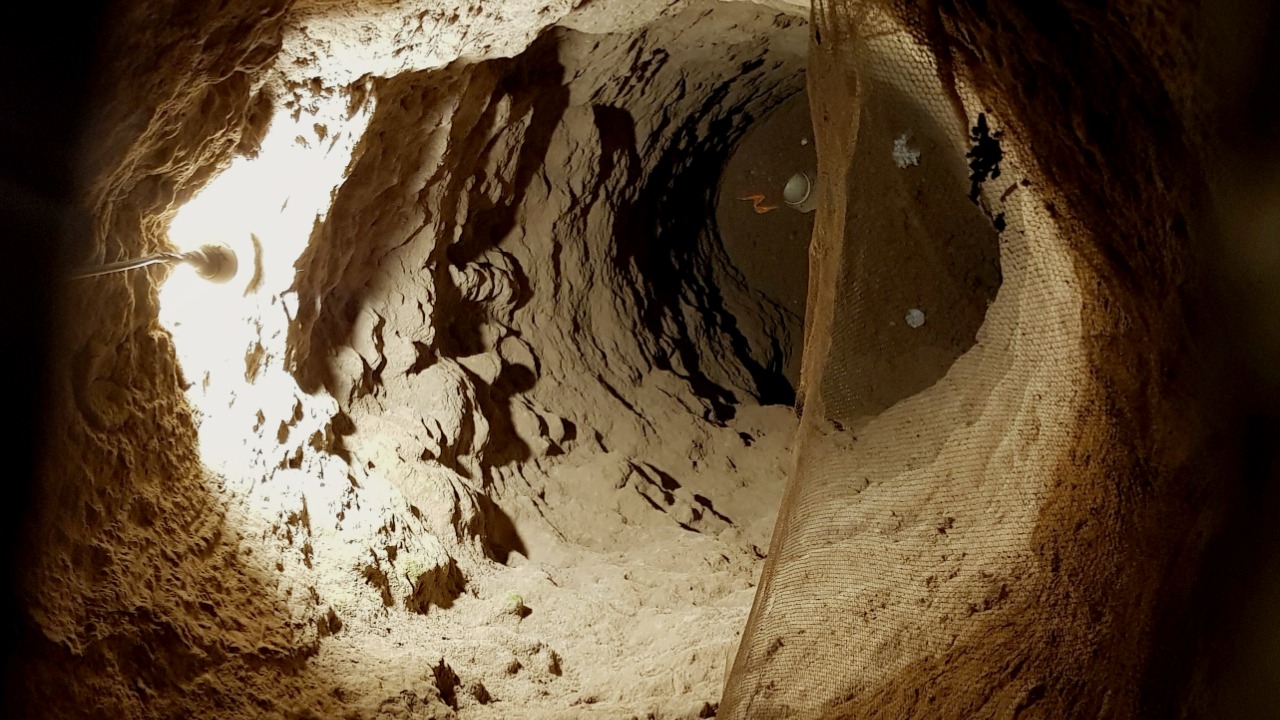
Recent excavations in South America have unearthed a fascinating glimpse into the prehistoric world, revealing the existence of giant, elephant-sized sloths that once carved massive, 2000-foot-long underground burrows. These colossal creatures coexisted with humans, who hunted them, painting a vivid picture of a complex prehistoric ecosystem.
The Discovery of the Underground Cities

The discovery of these extensive underground burrows in South America has opened a new chapter in our understanding of prehistoric life. The burrows, stretching up to 2000 feet in length, are a testament to the immense size and strength of the creatures that created them. The sheer size and scope of these burrows suggest that these sloths were far larger and more powerful than their modern counterparts.
This discovery has significant implications for our understanding of prehistoric ecosystems. The existence of such large burrows indicates a complex and dynamic ecosystem, with these giant sloths playing a crucial role. Their burrowing activities would have significantly altered the landscape, creating new habitats for other species and influencing the distribution of resources.
The underground cities discovered in South America are not just a testament to the giant sloths’ physical prowess, but also to their engineering capabilities. The burrows exhibit a level of design and planning that suggests a degree of intelligence and foresight. The tunnels are not random, but rather, they follow specific patterns and directions, indicating a purposeful construction. This level of sophistication in burrow construction is rarely seen in the animal kingdom, making these sloths unique among burrowing creatures.
Furthermore, the underground cities provide a window into the climate and environmental conditions of the prehistoric world. The preservation of these burrows suggests that the region was likely stable, without major geological disturbances for a significant period. This stability would have been crucial for the sloths, allowing them to construct and maintain their extensive burrows. The burrows themselves, with their constant temperature and humidity, would have provided an ideal habitat for the sloths, protecting them from extreme weather conditions and predators.
The Giant Sloths: Builders of the Underground

The elephant-sized sloths that carved these massive burrows were truly remarkable creatures. Their size alone would have made them formidable, but it is their physical adaptations that allowed them to undertake such extensive burrowing that truly sets them apart. These adaptations likely included powerful forelimbs and large, curved claws, perfect for digging through the earth.
These sloths bear some similarities to other known burrowing animals, such as moles and badgers. However, the scale of their burrowing activities far surpasses anything seen in the modern animal kingdom. The sheer size and complexity of their burrows suggest a level of social organization and cooperation not typically associated with solitary burrowing animals.
While the size and strength of the giant sloths are impressive, their burrowing abilities are truly extraordinary. The ability to excavate such extensive tunnels required not only physical strength but also endurance. The sloths would have had to spend considerable time and energy digging, suggesting a high metabolic rate, contrary to the slow, languid image we often associate with modern sloths. This high energy expenditure would have necessitated a rich diet, possibly consisting of a variety of plants and possibly even small animals.
The burrows also suggest a level of social behavior among the giant sloths. The size and complexity of the burrows indicate that they were likely used by multiple sloths, possibly even entire clans. This communal living would have provided numerous benefits, including shared warmth, protection from predators, and cooperative care of young. Such social behavior is rare among modern sloths, suggesting that these prehistoric giants led a very different lifestyle.
Human Interactions with the Giant Sloths

Interestingly, these giant sloths did not exist in isolation. Evidence suggests that they coexisted with humans, who hunted them. This interaction between humans and these giant creatures adds another layer of complexity to our understanding of prehistoric ecosystems.
Human predation likely had a significant impact on the sloths and their underground cities. Overhunting could have led to a decline in sloth populations, potentially contributing to their eventual extinction. The loss of these giant burrowers would have had far-reaching effects on the ecosystem, altering habitats and affecting other species.
The interaction between humans and these giant sloths may also have influenced human development and culture during this period. The challenge of hunting such large and powerful creatures could have driven technological and social advancements, shaping the course of human evolution.
These discoveries offer a fascinating glimpse into a world long past, revealing a complex and dynamic ecosystem populated by giant sloths and the humans who hunted them. As we continue to explore these underground cities, we can expect to uncover even more about this fascinating period in our planet’s history. Source